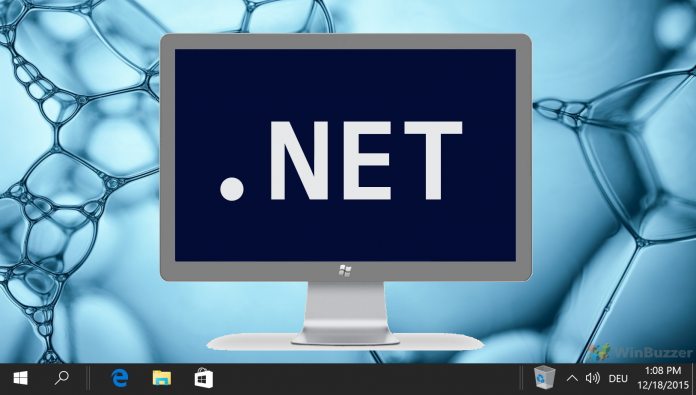“A small number of customers have told us they don’t use a deployment management tool and would like to leverage AU to update their servers similar to clients. We believe the opt in approach we’re rolling out today will allow these customers to get the benefit of AU for their server operating systems without impacting the larger set of customers that do not want this.” Importantly, when a Windows Server admin chooses the option, there is no effect on client operating systems, including Windows. In other words, automatic updates only happen in server situations. Until Microsoft’s announcement, admins on Windows Server were only able to receive .NET and .NET Core updates through the Windows Server Update Services (WSUS) or Microsoft Update Catalog by manually pulling them in.
How it Works
Under the new conditions, admins can change their configuration to get releases from the Automatic Updates (AU) channel. Microsoft has provided registration key for .NET Core 3.1, .NET 5.0, .NET 6.0, or .NET automatic for configuring to receive updates. In Group Policy, admins can deploy the registry keys across machines. It is good that Microsoft has made this an opt-in decision. For Windows Server admins happy with the old update situation, no action is required and no automatic updates are given. Tip of the day: It’s a good idea to backup your computer on a regular basis, and the most fool-proof way is to manually create a disk image and save it to an external hard drive.




